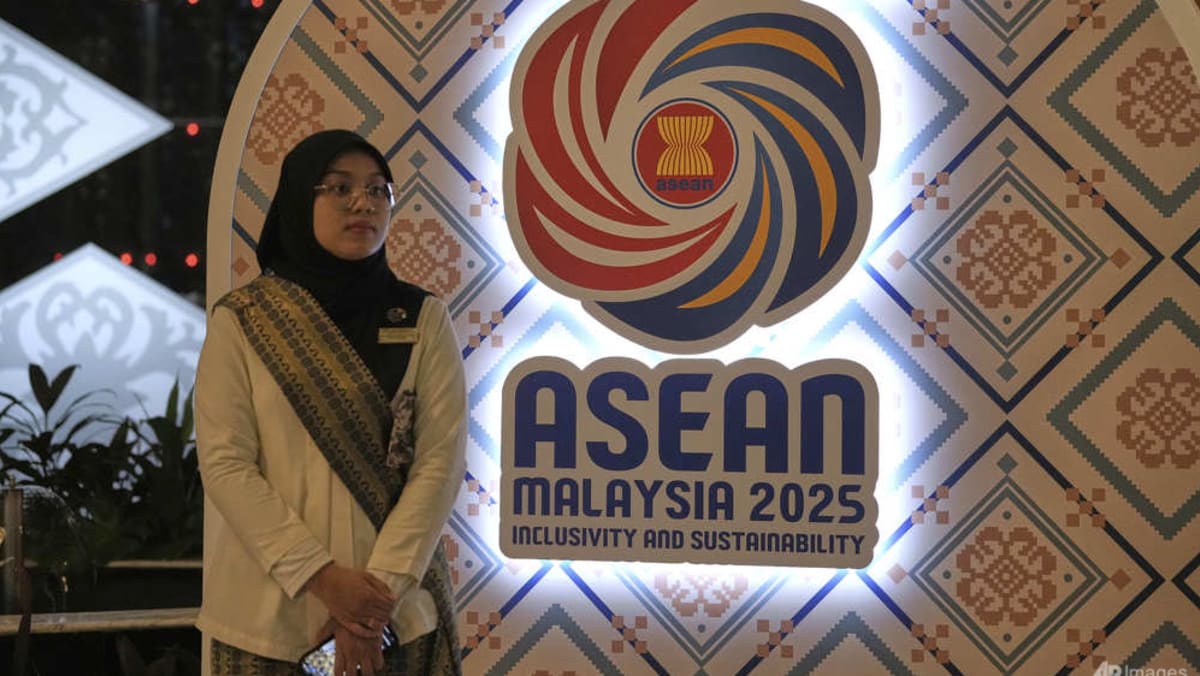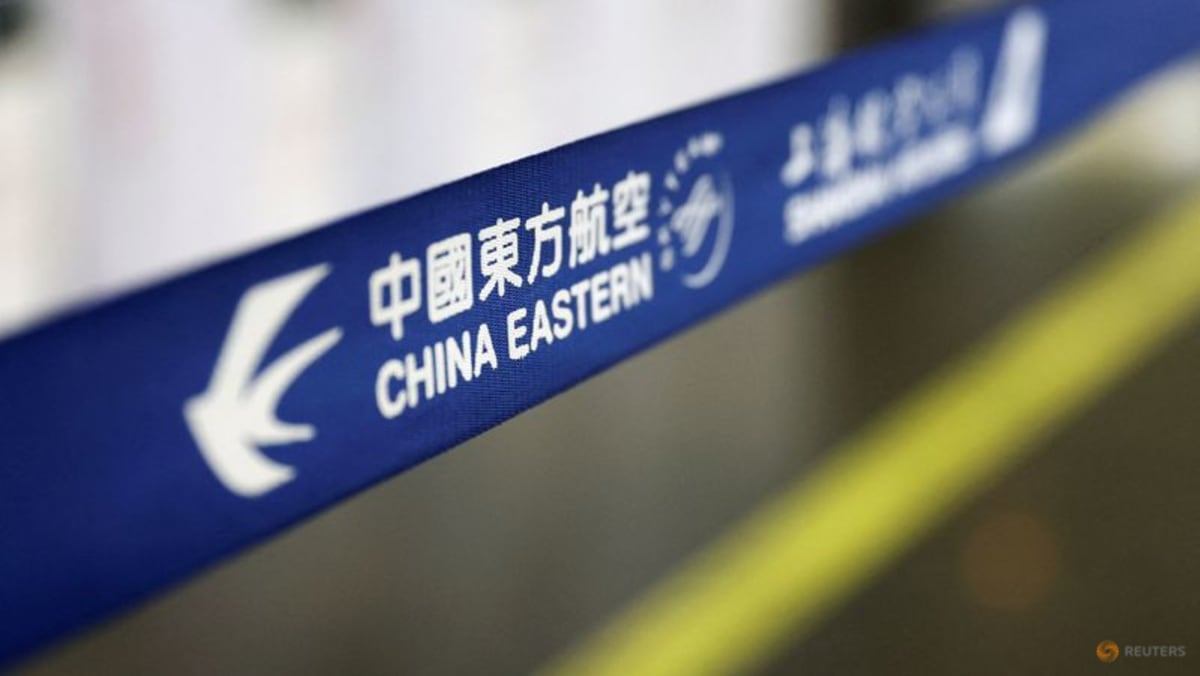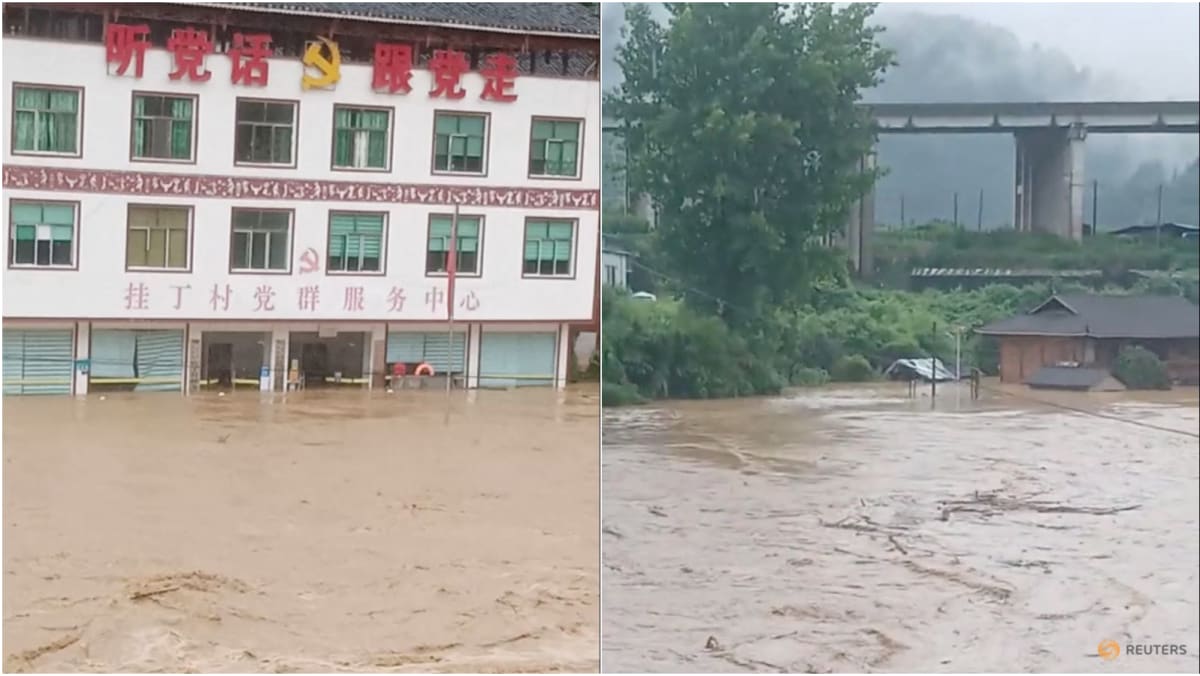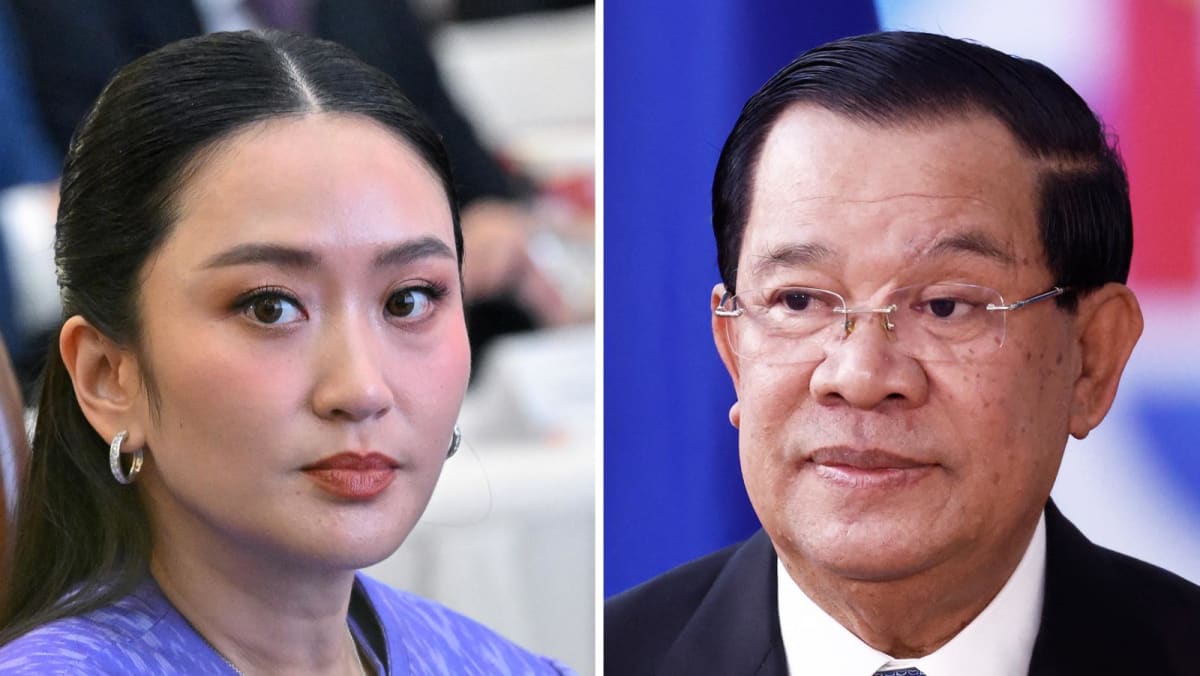But Lin said that if negotiations with the US do not yield meaningful tariff reductions, ASEAN countries would need to further diversify their export markets.
She said that many are already doing so, with China remaining a critical partner, especially for countries like Cambodia, Laos and Myanmar, which have limited US trade exposure.
However, closer economic alignment with China depends on how well these countries’ exports match Chinese demand.
Beyond China, the EU, India, the Gulf States, and deeper intra-ASEAN trade represent key alternatives, according to Lin.
“Strengthening the implementation of the Regional Comprehensive Economic Partnership (RCEP) and exploring new free trade agreements will be essential to reduce vulnerability to unilateral protectionist actions,” she said.
The RCEP is a free trade agreement that includes all 10 ASEAN member states, China, Japan, South Korea, Australia, and New Zealand.
However, geopolitical expert Oh Ei Sun said that it will be difficult for ASEAN to look for other markets to trade with instead as the US will remain one of the biggest markets for popular exports from Southeast Asia, such as semiconductors and solar products.
“ASEAN is already trading with many other countries. The problem is these countries simply can’t match the huge level of American consumption,” said Oh.
To minimise the broader impact of US tariffs, Lin said ASEAN should continue to invest in regional economic integration, strengthening internal supply chains, improving infrastructure and harmonising regulations to enhance its attractiveness as a diversified and resilient production base.
She said that while a WTO challenge is theoretically possible, the current state of the WTO’s dispute settlement mechanism and the drawn-out nature of such proceedings make it a less practical option in the short term.
While ASEAN as an organisation does not have the legal standing to file a complaint at the WTO, individual member states have the right to file complaints against other members.
Lin said that ASEAN should instead focus on deepening strategic partnerships, improving trade facilitation and use platforms like the ASEAN Committee in Washington DC to present coordinated messaging to US policymakers.
The challenge will of course be to remain cohesive, agile and forward-looking in such a volatile trade environment,” she said.
Ferlito said that the most beneficial course of action now is to aggressively pursue genuine free trade agreements with all willing partners. These agreements, he explained, enable tariff-free trade between participating nations.
“That is the way to go if we want to expand, to respond and to create more opportunities for growth, which comes from bigger markets and this comes from free trade.
“The world is integrated and to look for self-reliance is utopic and not the way to go. Economic growth is made by looking outward and not inward. So being economically strong means being integrated and not isolated,” he said.
Analysts however warned that should the ongoing tariff tensions between the US and China erupt into a full-scale trade war, there could be serious implications for the ASEAN region.
“That is a far more dangerous question because a majority of ASEAN countries rely on Chinese trade and rely on Chinese capital. If the (relations between) US and China blow up, ASEAN would definitely be hit as collateral damage,” said Chin.
Additional reporting by Amir Yusof













